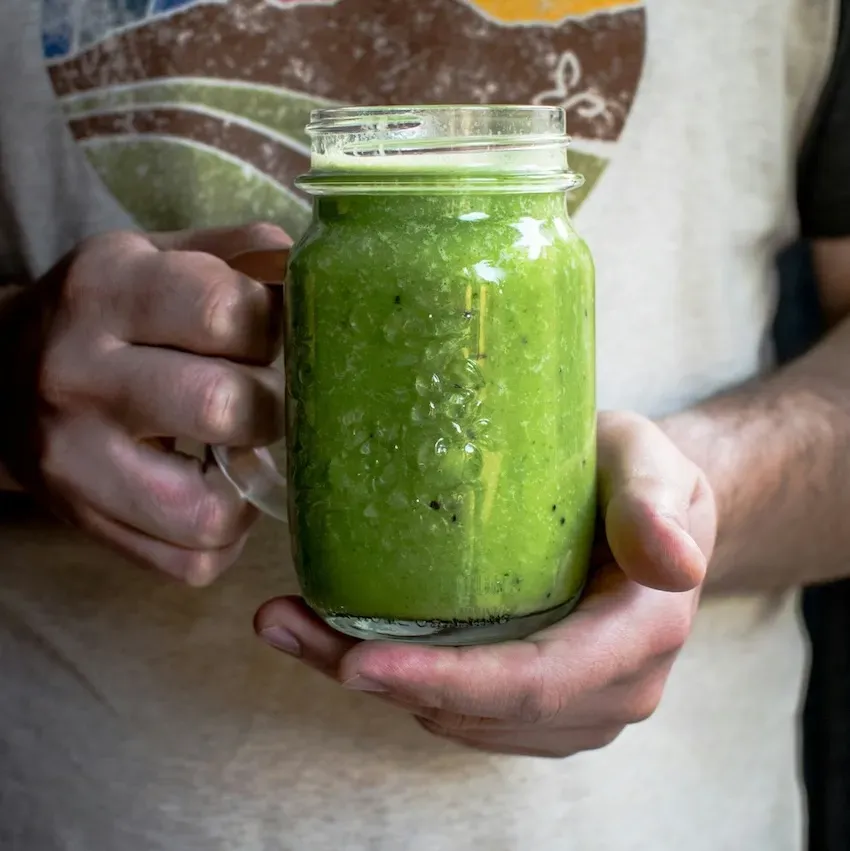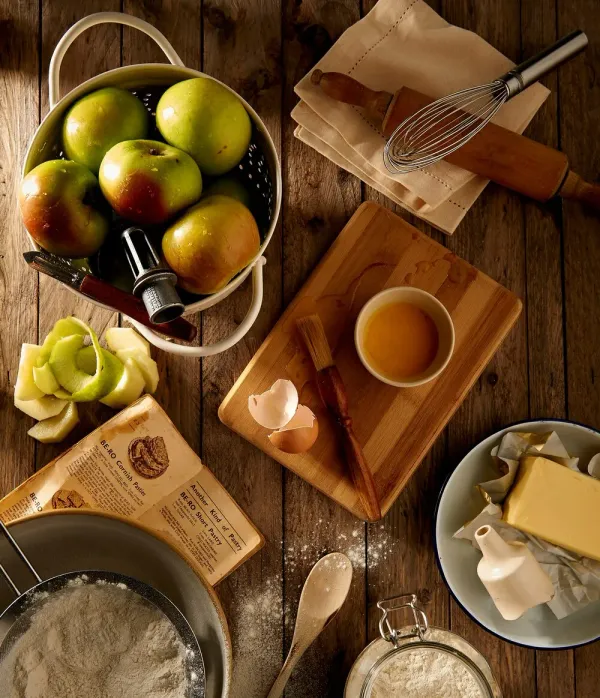Calculate Juice Calories: Healthy Juicing
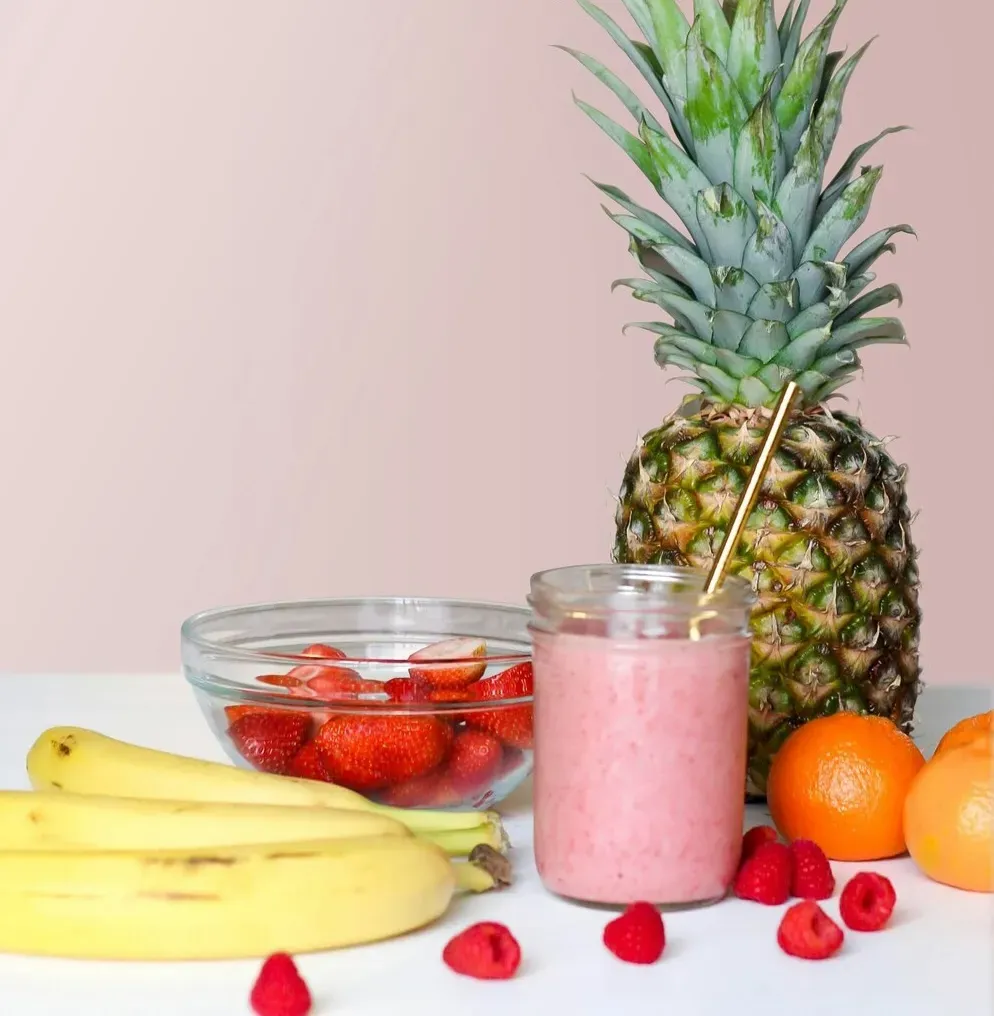
What are Juice Calories
Juicing can be healthy but you need to be aware of the calories in your favourite juices. The number of calories in juice depends on the ingredients and the quantities, with the type of fruits and vegetables used playing a big role.
Tracking calories is essential to understanding the impact of your juice on your diet and can help you make more informed choices.
How Many Calories in Your Juice
The calorie count of juice can vary significantly depending on the ingredients. For example, 100ml of mixed fruit juice can have a different calorie count compared to 100% orange juice or apple juice. A cup of 100% fruit juice has around 100-120 calories, but this can change if the juice has added sugars or other ingredients.
Empty Calories and Added Sugars
Empty calories from added sugars can add up quickly in juice especially in store bought varieties. To keep your juice healthy you need to choose ingredients wisely and be mindful of portion sizes. Choose juices made from whole fruits and vegetables without added sugars and be careful not to drink too much juice in one sitting.


Choosing the Right Ingredients
When making a fresh juice, choosing ingredients that are low in calories and high in nutrients is key to making a healthy and balanced drink. Leafy greens like spinach, kale and Swiss chard are great choices as they are packed with vitamins, minerals and fibre and are very low in calories. Citrus fruits like oranges, lemons and grapefruits are also good additions as they are high in vitamin C and natural sweetness which can enhance the flavour of your juice without adding many calories. Including vegetables in your juice can add more nutrients, enhancing its overall nutritional content.
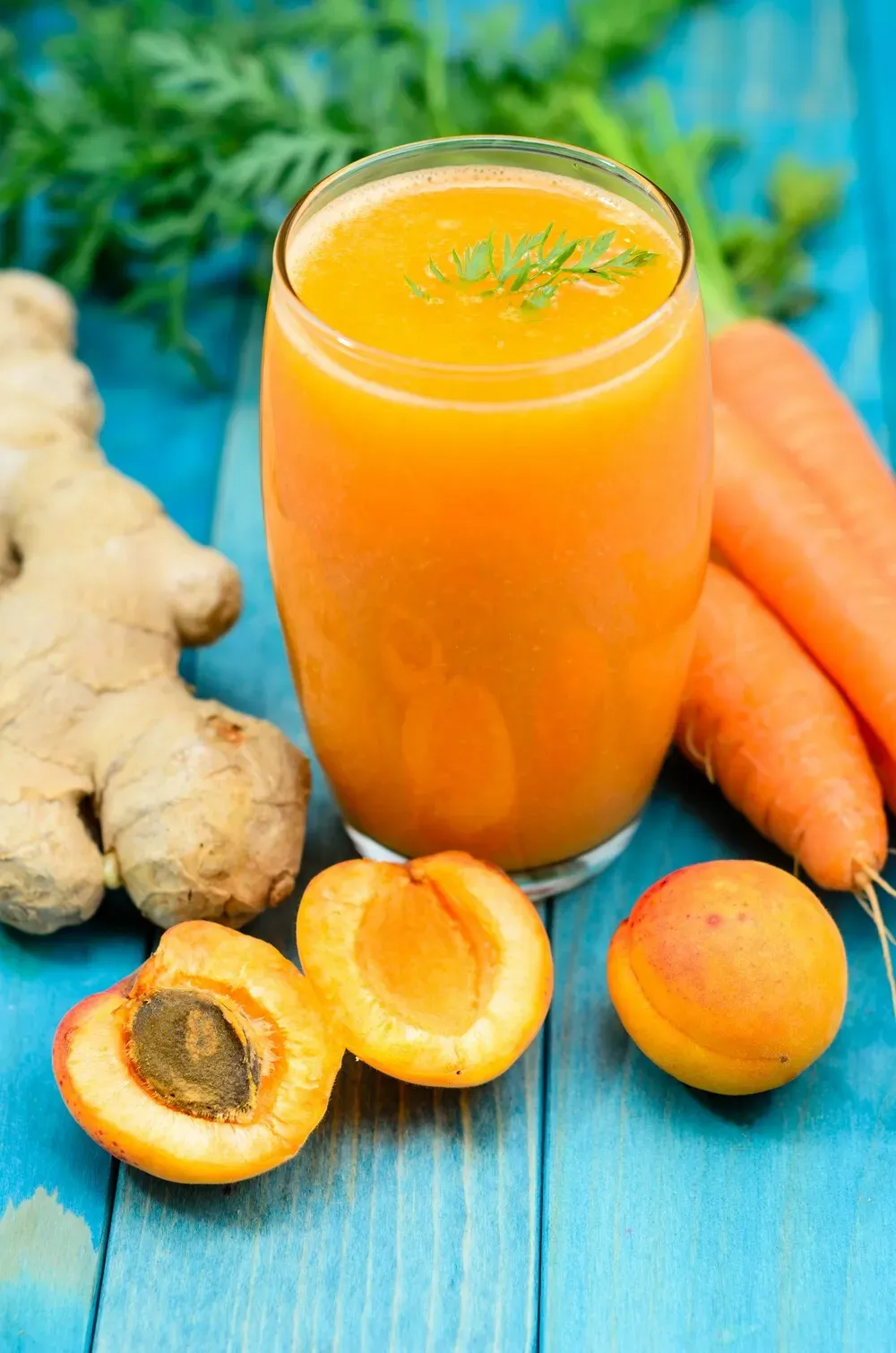
On the other hand, be careful with high calorie foods like avocados and bananas. They are nutritious and provide healthy fats and potassium respectively but are more calorie dense than other fruits and vegetables. Using them in moderation will keep your juice low in calories but still get the nutrients.
Serving size is another thing to consider. The amount of each ingredient you use will directly impact the calorie count of your juice. For example, a small amount of avocado can add creaminess and nutrients without adding many calories whereas a larger amount can turn a low calorie juice into a higher calorie drink.
Lastly, look for ingredients that are rich in vitamin D and other essential nutrients. Vitamin D is not found in many fruits and vegetables but fortified options like some types of orange juice can help you meet your daily requirement. Other nutrients to focus on are vitamins A, C and K and minerals like calcium and magnesium which are all part of a balanced diet.
Portion Control
Portion control is key when it comes to juicing as it’s easy to consume too many calories in one serving without realising it. Fresh juice can be full of natural sugars and calories especially when using fruits with higher sugar content like bananas or mangoes. Be mindful that certain fruits can add more sugar to your juice, increasing its overall calorie content.
To control your portions:
• Use the FoodIntake app: This will show you the serving size of your juice based on the ingredients and their calorie content. By inputting the amount of each ingredient you can get an exact calorie count and adjust accordingly.
• Be aware of the calorie content: Knowing the calorie content of your juice is key to a balanced diet. If your juice ends up being higher in calories than expected, reduce the serving size to match your dietary goals.
• Use measuring tools: Use a measuring cup or scale to ensure you’re sticking to the right serving size. This will help you avoid underestimating the amount of juice you’re drinking which can lead to consuming more calories than intended.
By controlling your portions and using the right tools you can enjoy fresh juice and stay on track with your calorie and nutrition goals.
Nutrition Facts and Labels
Nutrition labels are the tools to understand the calorie content and nutrient density of your juice. They give you a clear breakdown of the key nutrients so you can make informed decisions on what you’re consuming.
• Detailed Nutrition Facts: When looking at nutrition labels look for those that are detailed. This includes calorie count, macronutrient breakdown (carbohydrates, proteins, fats) and vitamins and minerals like vitamin C, potassium and calcium. This way you can see the nutritional value of your juice at a glance.
• Comparing Juice Recipes: Nutrition labels also allow you to compare different juice recipes. By looking at the nutrition facts you can see which recipes are lower in calories, higher in nutrients or better for your dietary needs. This will help you make choices that match your health goals whether you want to increase your vitamin intake, manage your calorie consumption or just have a balanced diet.
By using nutrition labels wisely you can know the nutritional content of your juice and have a healthy diet that matches your wellness goals.
FoodIntake app can generate the nutrition informations for your foods from an image or description with an extraordinary precision:
Healthy Fresh Juice Tips
When making a healthy juice you need to choose ingredients that are low in calories but high in nutrients. For example leafy greens like spinach, kale and Swiss chard and citrus fruits like oranges and lemons are good choices. These are rich in vitamins, minerals and antioxidants and low in calories so perfect for a nutritious juice.
To control the calorie content of your juice use a juicing calculator. This will allow you to calculate the total calories of your juice by inputting the ingredients and their amounts. With this information you can make informed decisions on your diet and adjust your ingredients to match your nutrition goals.
Portions are another important factor to consider. Be aware of how much juice you’re drinking as larger portions can add up in calories quickly. If your juice ends up being higher in calories than expected reduce the serving size to match your dietary goals.
For extra nutrition add healthy fats like nuts and seeds to your juice. Ingredients like chia seeds, flaxseeds or a small amount of almond butter can add omega-3 fatty acids, protein and fiber to your juice. These healthy fats also help absorb fat soluble vitamins making your juice even more nutritious.
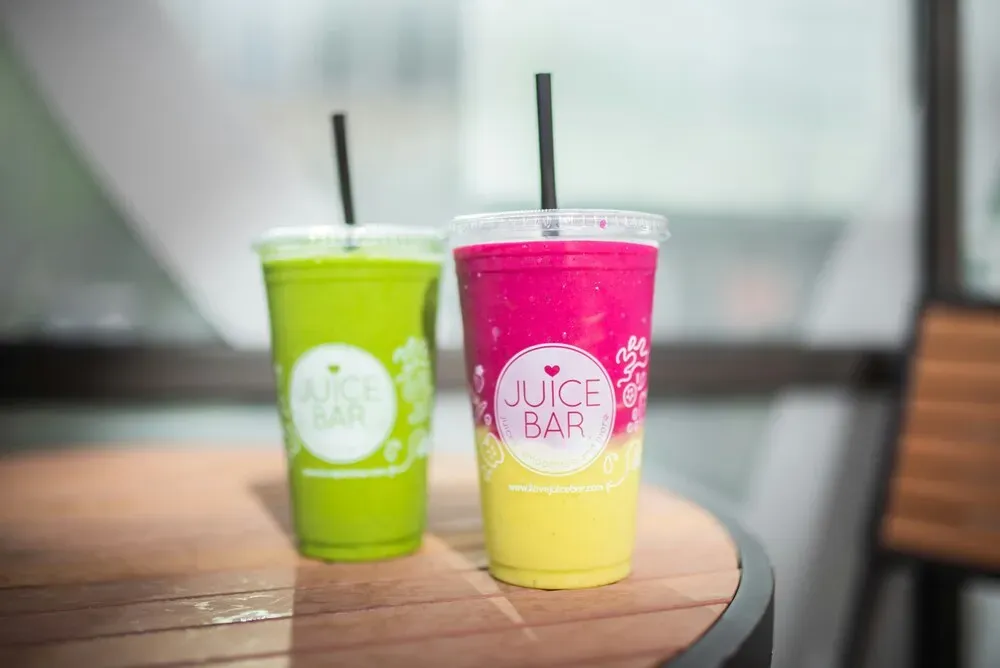
Juicing Mistakes to Avoid
Consuming too many calories in one serving of juice is a common mistake that can lead to weight gain and other health issues. Even healthy ingredients can lead to excess calorie intake if not measured correctly. That’s why it’s important to use a juicing calculator to calculate the calorie content of your juice. Without this tool you might end up with incorrect calorie count and over consume unintentionally.
Not reading nutrition labels is another mistake that can lead to missing out on nutrients. If you don’t consider the nutrient density of your juice you might end up with a juice that is low in vitamins and minerals and can lead to nutrient deficiencies over time.
Also not adjusting the serving size and ingredients to your dietary needs can lead to unhealthy calorie intake. For example if you’re not tweaking your juice recipe to fit within your daily calorie goals you can easily go over your calorie needs and negate the benefits of juicing and potentially gain weight.
So avoid these by measuring your ingredients, using juicing calculators and reading nutrition labels. This way your juice will be nutritious and match your wellness goals.
Just Juice for Weight Loss?
Juicing can be part of a weight loss diet but you need to choose your ingredients wisely and monitor your portions to not consume too many calories. By making smart choices you can create juices that support your weight loss goals and provide nutrients.
A juicing calculator is a easy way to calculate the calorie content of your juice. This will allow you to input the ingredients and amounts you’re using to get an accurate calorie count and stay on track with your dietary goals.
Adding healthy fats like nuts and seeds to your juice will make it more nutritious and keep you fuller for longer. These ingredients will add omega-3 fatty acids and fiber to your juice and overall health and make your juice more satisfying.
And always be mindful of the calorie content of your juice and adjust the serving size accordingly to match your calorie goals. Even healthy juices can contribute to weight gain if consumed in large amounts so portion control is key.
By following these tips you can enjoy juicing and support your weight loss.

Troubleshooting
If you’re experiencing digestive issues or other health problems after juicing it might be time to adjust the ingredients and serving sizes in your recipes. Some fruits and vegetables especially those high in fiber can cause bloating or discomfort if consumed in large amounts. Reducing the amount of these ingredients or substituting them with more easily digestible options can help alleviate these symptoms.
If you’re having trouble getting accurate calorie counts for your juices try a different juicing calculator. Not all calculators are created equal and some may be more accurate or user friendly. Also consulting with a healthcare professional or registered dietitian can give you personalized guidance to match your calorie counting with your dietary goals.
For those having trouble sticking to their diet seeking support from a registered dietitian or health coach can be super helpful. These professionals can give you personalized advice, help you navigate through challenges and give you accountability so you can stay on track and achieve your health goals.
Conclusion
Juicing calories is easy and can help you make smart choices for your diet and achieve your wellness goals. By choosing the right ingredients, using a juicing calculator and being mindful of serving sizes you can create healthy and tasty juices.


